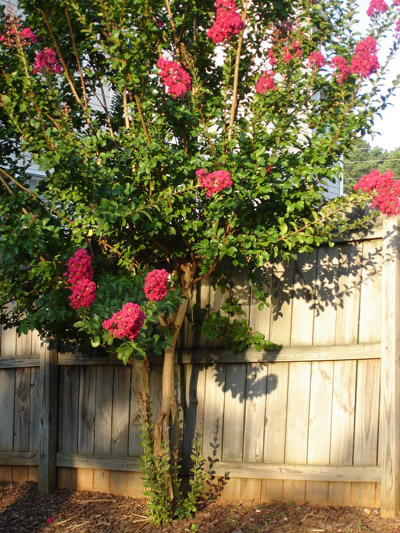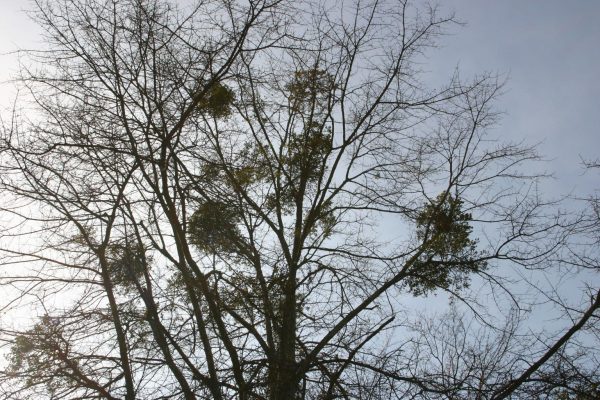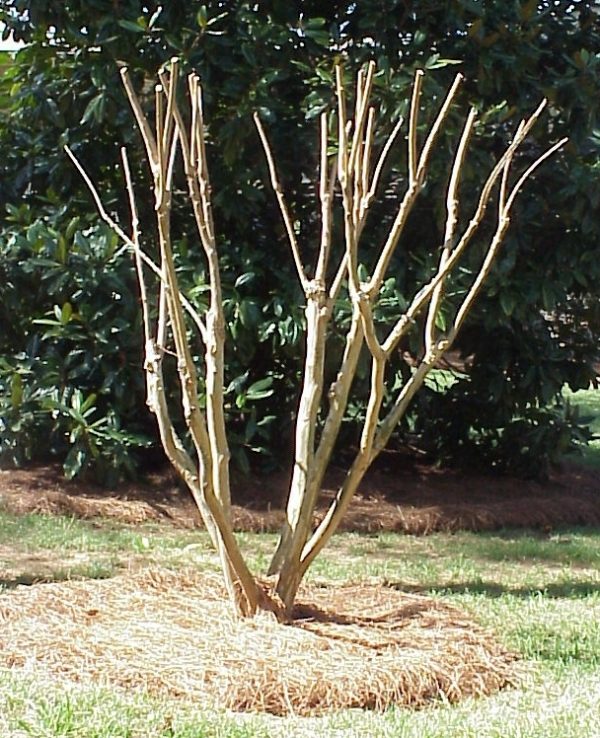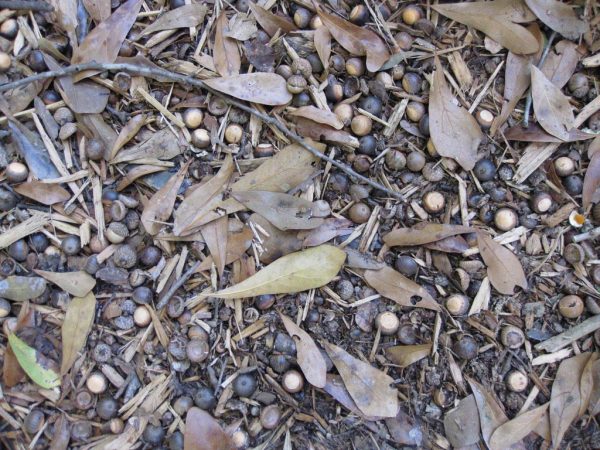Crapemyrtle – Failure to Bloom
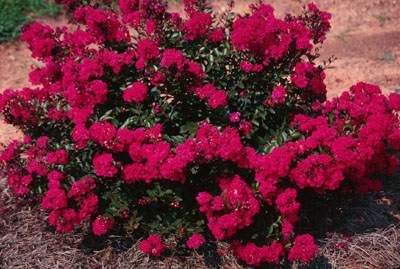
Few things are as frustrating as having a plant that is known for its beautiful flowers fail to bloom. Worse yet is when your neighbors’ plants are in full flower while identical ones in your landscape sullenly produce only foliage.
Crapemyrtle gardeners notice that “My friend’s plant is blooming like crazy and I don’t have a one!”
I can think of four reasons why a healthy plant wouldn’t bloom. If that is your problem, ponder if any of the following could be the reason.
PRUNING Crape myrtles flower on new wood: the branches that have grown since spring. If you pruned recently, you may have removed the tip buds. Perhaps you pruned VERY severely in winter and the resultant new growth is not mature enough to make blooms.
AGE A crapemyrtle needs to be well-established in a garden before it will bloom – even though it may have bloomed the year following planting. It will spend a couple of years growing a good root system before it has the resources to make flowers. Until a plant is mature and well-established, it will be barren in summer. The maturing process may take as long as five years if the soil is hard and water is scant in summer.
NUTRITION With all the fertilizer products that promise “bigger, more beautiful blooms” it would be nice if one actually worked. In fact, poor nutrition can contribute to a failure to flower but blooms won’t be forced merely by fertilization. Phosphorus, in particular, is used to store energy in flowers, seeds and roots. If your soil is deficient in phosphorus, a high phosphorus fertilizer might help but it won’t “make” the plant bloom.
LIGHT All plants need an appropriate amount of light in order to bloom. Crapemyrtles that have gradually become shaded by a nearby tree will gradually reduce their bloom output.
The bottom line is that crapemyrtles bloom when they are happy. Given the proper environment and good nutrition, your plants will bloom normally. If any of the above conditions are out of kilter, the plant will bloom sparsely, sporadically or not at all.
You may not be able to make your non-blooming plant happy immediately but if you pay attention to its needs, you’ll eventually be rewarded with blooms.

